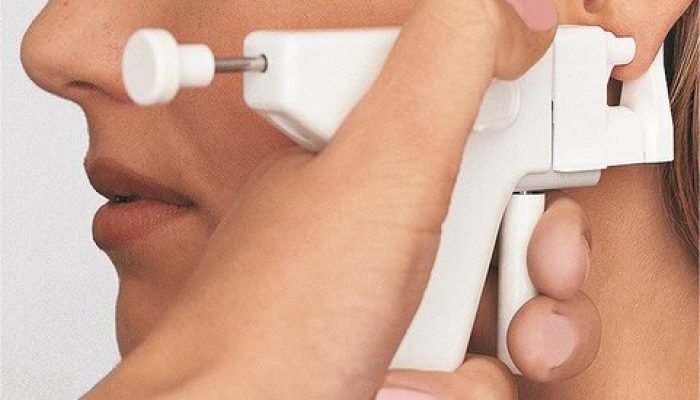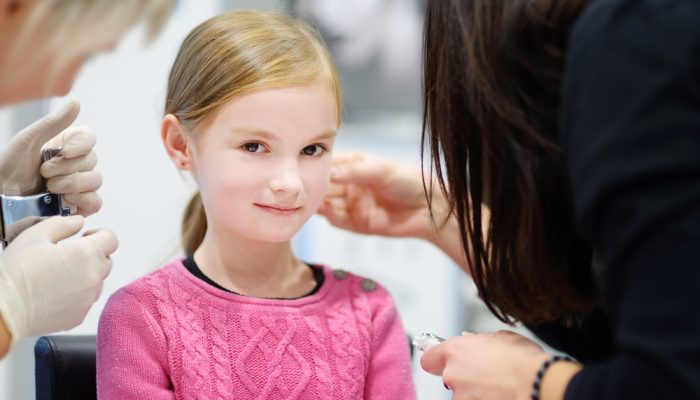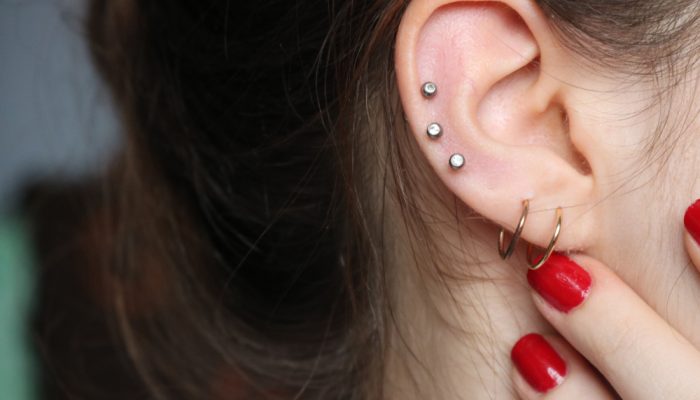- 1034 S Brentwood Blvd Ste 530, Richmond Heights, MO 63117
- [email protected]
- 314.798.7422
We use the Blomdahl Medical Ear Piercing System, which is available exclusively to medical professionals.
Many families want to be pierced in the privacy of an exam room by a competent professional.


Mall stores, kiosks, body piercing and tattoo shops are not the cleanest or safest place for this procedure.
Getting ears pierced can be easy and stress-free experience.
Traditional ear piercing guns present a genuine health hazard. They can easily transmit blood-borne viruses, and many countries have banned these instruments.
We use sterile, single-use, disposable cassettes that eliminate the chance of transmission.


.
Nickel allergy is common after piercings with inferior products.
The Blomdahl system eliminates this risk by using medical grade ear piercing studs, both plastic and titanium.

Family Medicine Clinic in St. Louis, MO.
We make healthcare affordable, personalized, and convenient.